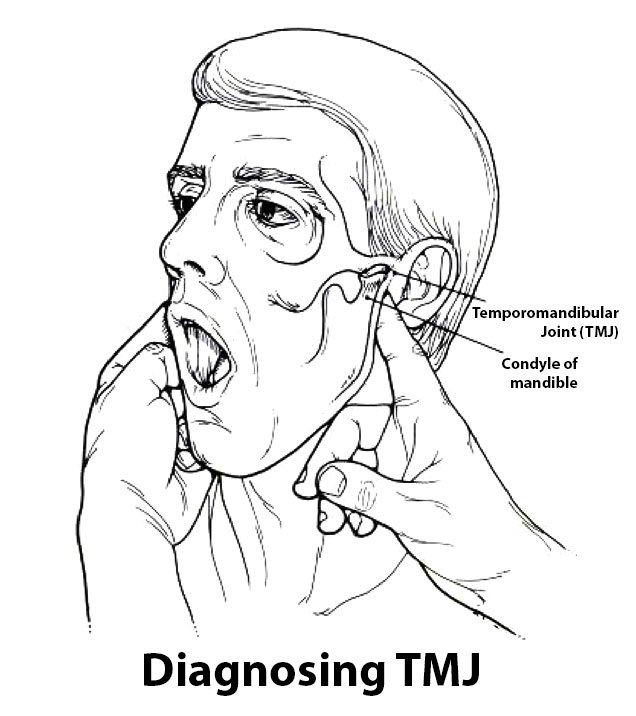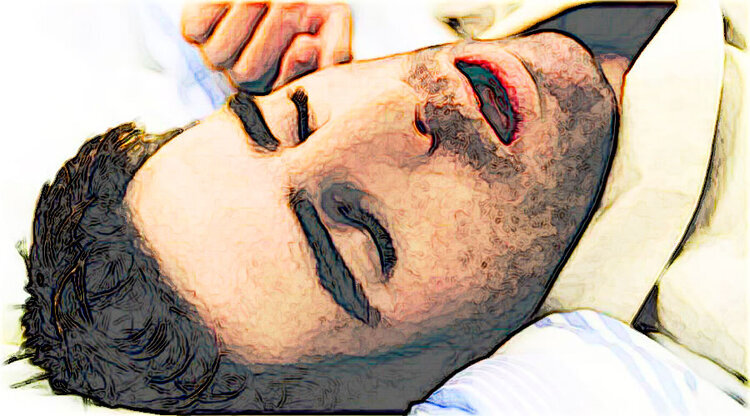Why Does My Jaw Hurt?
Signs, symptoms, and advice for living with chronic pain from TMJ Disorder
If you’ve been struggling with jaw pain that never goes away, or your mouth has been known to lock up or click when eating or talking, you might be experiencing symptoms caused by TMJ disorder. While common, temporomandibular joint disorder typically affects those between the ages of 20 and 40 and is most commonly found in women, in fact, 9 women to every 1 man suffer from the condition.
November is TMJ Awareness Month, and we’re taking this opportunity to explain why and how it happens, what you can do to help it, and give you an easy at-home preliminary test you can do before your next dental exam.
How TMJ Disorder Affects You
The TMJs (or temporomandibular joints) are located on either side of the lower jaw connecting the jawbone to the skull. This joint combines a hinge action with sliding motions when we eat, speak, or open our mouths. Bones that interact with this joint are typically covered with protective cartilage and are separated by a small disc meant to absorb any shocks that would otherwise make movements difficult and painful.
When the muscles in our jaw joint have been strained or damaged, symptoms such as pain or tenderness in the face, jaw, neck, and shoulders or even around the ear can manifest when speaking, chewing or opening your mouth.
In some cases, other symptoms like headaches, tinnitus (persistent ringing in the ears), dizziness, blurred or unfocused vision and trismus (lockjaw) can occur.
While it’s not always possible to know exactly the cause of a TMJ disorder, common causes include strain or damage caused by grinding or clenching your teeth (a condition known as bruxism), arthritis, illness, damaged teeth, or gum disease. TMJ can be especially painful should a disk erode or move out of its proper alignment, the cartilage in your jaw joint is damaged by an external source, such as a blow or impact.
Did you know…
…that around 12% of people in the United States experience TMJ disorders at any given moment?
TMJ At-Home Test and Exercises
If you’re unsure whether you’re dealing with a TMJ disorder or simply struggling with occasional jaw pain, performing this simple at-home test can shed some light on the cause of your discomfort:
At-Home TMJ Test
Open your jaw minimally and place a finger over the joint in front of your ear.
Holding your finger in place, open your mouth wider until you can feel the joint move.
If you feel the joint pop or click when opening your mouth, you could have TMJ disorder.
No matter the result of this at-home test, if you are suffering from persistent jaw pain, make an appointment to be seen by your dentist. In the meantime, there are some helpful exercises that can alleviate pain while strengthening and stretching your jaw.
5 Helpful Jaw Movement Exercises:
Relaxation Technique. Easy as it sounds, rest your tongue softly at the top of your mouth just behind your upper front teeth. Your teeth should not be touching during this exercise.
The Goldfish (Full and Partial). Rest your tongue at the roof of your mouth and place one finger on your TMJ. Use your other hand to put your index finger on your chin. Practice dropping your lower jaw halfway then close and all the way open and close.
Resistance (Open and Closing).
Chin Tucks. Hold your shoulders back and keep your chest up while pulling your chin straight back (yes, you’ll be seeing that double chin!) and hold for about 3 seconds.
Tongue Up. Practice slowly opening and closing your mouth with your tongue gently touching the roof of your mouth.
All of these exercises should be performed periodically during the day and done roughly 10 times per exercise. As the jaw is one of the most active joints in the human body, it’s good to work towards strengthening it so it will last us a long time!
What You Can Do for TMJ Discomfort
Chronic TMJ can oftentimes be managed by lifestyle changes such as avoiding chewing gum and caffeine, regularly relaxing your jaw, and practicing good posture. Other preventative measures you can take include switching to a softer diet or using mouthguards to stop damage from griding and clenching.
When pain does arise, over-the-counter pain relievers like Tylenol, Aspirin, or Ibuprofen can help, although natural methods like warm towels or icing for no longer than 15 minutes per hour may prove to be just as effective.
If you’re struggling with jaw pain and/or suspect that you are suffering from TMJ disorder, we want to help! Contact us at Alexandria Smiles today to set up your next appointment and find the right treatment for you.
Here are some other articles you might enjoy reading.
Toothache or Sinus Pressure?
How to tell the difference between these similar symptoms.
Let’s Talk About Sleep Apnea
What dentistry can do for this sleep condition.
Brush Away Bad Habits - Oral Health Month
5 apps you can download that make dental hygiene fun for everyone!







